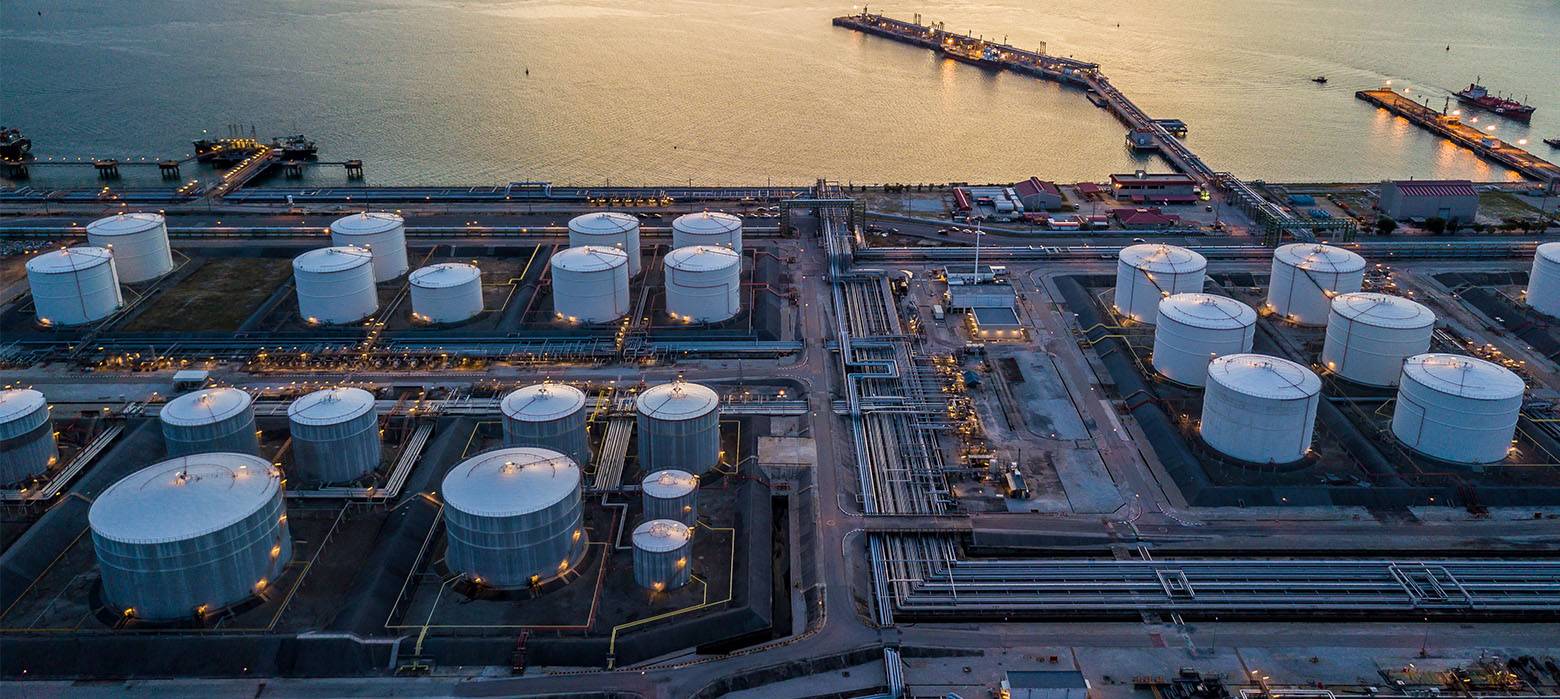
- admin
- September 27, 2018
5 Facts to Know About Field Erected Tanks
The storage tank needs may vary for different projects, with a field erected tank being the suitable solution for some projects while some other type of tank being fit for other projects.
If you think your project requires a field erected storage tank, it’s important to know certain things about such tanks. Below are some of the facts related to field erected storage tanks:
1. Field Erected Steel Tanks are Really Large
For people who know what storage tanks are like, this sounds obvious. However, it’s not that clear always. In case you are an engineering firm, or project manager serving a General Contractor, and you are handling a large project, storage tank is likely to be just a small element of the whole scope. In such a case, difference between a really large and a large tank might not be obvious at all.
A really large tank can hold over 45,000 gallons and has a diameter more than 15’. These are just some basic minimum guidelines – it’s possible to design and construct welded steel tanks in almost infinite number of sizes – from small, medium-sized to gigantic.
2. Field Erected Storage Tanks aren’t Shop-Built Tanks
Field erected tanks have been named such since they are extremely large in size to be assembled together within a shop and then transferred to project site.
Contrastingly, shop-built storage tanks are fabricated, blasted, primed as well as built within a shop. Then, they are moved to project site, where the tanks are installed or erected.
Shop-built storage tanks are sometimes installed outside and sometimes installed inside the building. Similar to field erected tanks, shop-built storage tanks can be built of stainless steel or carbon steel, as well as can adhere to different tank codes and standards.
Whether a shop-built storage tank or field erected tank is required, is determined by code and pressure requirements, and dimensions and volume of the tank. At times, the site is also a major factor.
3. Field Erected Storage Tanks are Never “In Stock”
Field erected tanks are not kept in stock. A contractor of field erected tanks does not ‘carry’ such tanks. Each tank is built on the basis of what it would do, how it would need to work, what products it would hold, what forces would influence it, where it would sit, and several other factors.
After establishment of the design, fabrication of the storage tank is done according to those specifications, with one steel plate piece at a time. The plate pieces to form the railings, all nozzles, the tank shell, as well as other pieces are transported to the job site by loading on flat bed trailer.
The storage tank is built there, right from the foundation. While some standard specifications are there for basic tanks like municipal water tanks, firewater tanks, and other types of storage tanks, such specifications act as a point of start for final design which would fulfill the precise needs of each owner or customer.
4. Field Erected Storage Tanks can be Made of Carbon Steel, Duplex Material, and Stainless Steel
Field erected tanks are huge steel constructions that can withstand tests of harsh weather, temperature, harsh products, time, and several other factors.
Based on the purpose of the tank, a field erected tank can be made of duplex material, stainless steel, or carbon steel.
Duplex material and stainless steel usually cannot be handled by all tank contractors, since such specialized materials need specific handling and storage procedures.
Tanks of carbon steel are employed in many applications ranging from tanks for bulk liquid storage to municipal water storage.
Tanks of duplex material and stainless steel are employed in food and beverage sector, in power industry for holding demineralized water, in chemical industry for holding caustic liquids, and other purposes in which the tank contents call for corrosion resistant qualities.
These are a few of the many facts related to field erected storage tanks. Research well about these tanks and understand them thoroughly before deciding to choose them.
- field erected storage tanks
- field erected tanks
- GSC Tank
Category
- Above Ground Fuel Tanks
- Above Ground Gas Storage Tank
- Above Ground Storage Tanks
- Above Ground Water Storage Tanks
- Agricultural Tanks
- Chemical storage Tanks
- Diesel Fuel Storage Tanks
- Diesel Storage Tanks
- Exernal FloatingRoof Tanks
- Farm Water Tank
- Fiberglass Oil Tanks
- Fiberglass Septic Tanks
- Fiberglass Tanks
- Fiberglass Underground Fuel Storage Tanks
- Field Erected Tanks
- Floating Roof Tank
- Food and Beverage Tanks
- Fuel tank
- Industrial Chemical Storage Tanks
- Industrial Gas Tanks
- Industrial Plastic Tanks
- Industrial Storage Tanks
- Industrial Tank heating pads
- industrial tanks
- Natural gas
- Natural gas vs Propane
- oil storage tank
- Oil Storage Tanks
- Peracitic Acid
- Petroleum Tanks
- Residential gasoline storage tanks
- Residential Water Storage Tanks
- Sodium Hydroxide Storage Requirements
- Sodium Hypochlorite Storage Tanks
- Steel Storage Tanks
- storage tank failure prevention
- Storage Tanks
- Sulfuric Acid Tanks
- Uncategorized
- UnderGround Storage Tanks
- Waste water tank
- Water Storage Tanks

 Tank Size Calculator
Tank Size Calculator






